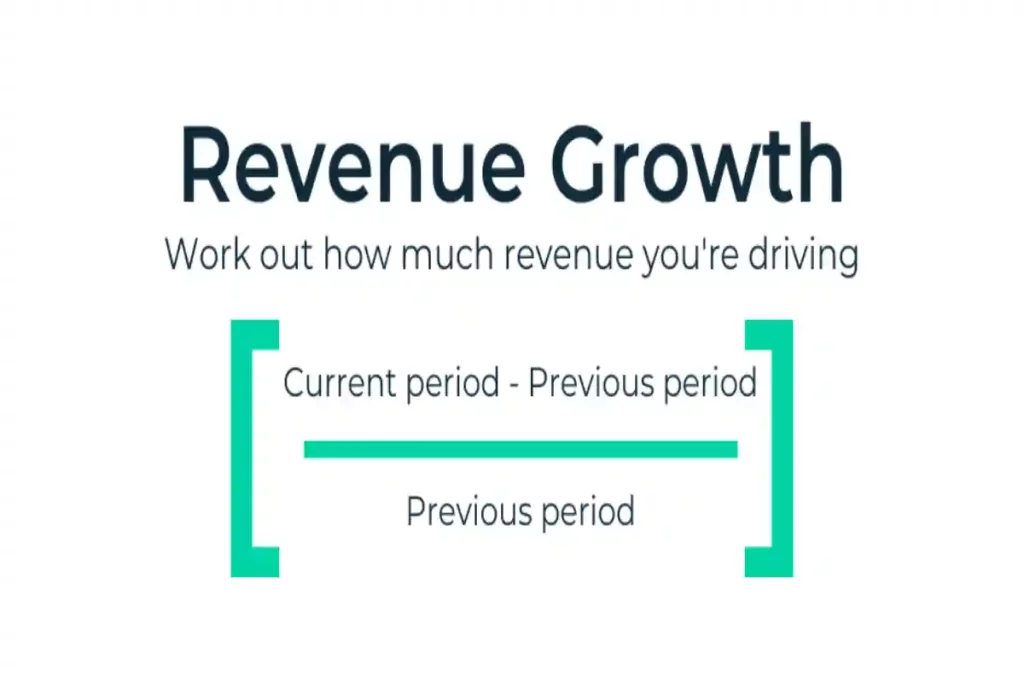Calculating Revenue Growth
One of the most critical aspects of business success is the ability to generate revenue. It’s hard to get new customers, but it’s even harder to get them to come back again. If you’re not making revenue growth your number one priority, you’ll end up like the majority of small businesses that fail within the first three years of development.
Table of Contents
What Is Revenue Growth?
Revenue growth is the growth of a company’s total annual revenues over a specified period of time. Revenue growth can be calculated as a percentage or in dollar terms. It is a metric used to evaluate financial performance and track the health of a company’s shares. A business with revenue growth will typically have a higher stock price than that of a stagnant business.
How To Calculate Your Revenue Growth Rate
To measure a company’s revenue growth, you can use a revenue growth calculation to find the Compound Annual Growth Rate. As a rule of thumb, calculating revenue growth is as simple as (month two revenue – month one revenue) / month one revenue * 100. This gives you your growth percentage.
No matter how much your company’s revenue increases, your revenue growth rates are the only stats that matter. If you see an increase in sales but your growth rate is declining, then you’re heading in the wrong direction. If you see steady growth, then great. However, if your numbers aren’t trending upwards, it’s time to rethink your strategy.
How Revenue Growth Is Different for Subscription Businesses
Finding growth in your business is hard. For subscription businesses, it’s still harder, but with the right tools and processes, you can achieve significant growth. How? You can achieve qualitative growth through cross-selling, upselling, and marketing initiatives; quantitative growth through increasing your acquisition channels; and cost-cutting methods to drive operational efficiencies.
We all know the basics of revenue growth, but applying it to subscription businesses is not an easy task. Subscription businesses tend to have more significant up-front costs, requiring more capital for product development and marketing, which business owners would only recover months down the road.
What To Consider When Looking at Revenue Growth
Rendering a service or creating a product is only the first step in entrepreneurship — what you do with it will make all the difference. There are a few areas of focus when it comes to staying ahead of the curve and growing revenue:
- Increase engagement and retention on your platform
- Increase the amount of time that users spend on your platform
- Increase monetization — e.g., increase ad revenue, increase in-app purchases, pricing models (freemium, subscription, etc.)
- Decrease churn — stop users from leaving your platform
- Increase referrals and word-of-mouth marketing
As a small business owner, it’s easy for revenue growth to get lost amid the many other considerations in your business. Instead, strategists at SharpSpring suggest that companies should focus on their profit margin, customer acquisition costs, and online marketing cost to determine the most optimal path forward.
We hope that you found our blog on revenue growth insightful and that it answers the questions you’ve always had about revenue. More than just a tool for measuring growth, revenue is a sign of business health. By keeping track of both your top-line and bottom-line, you can gain a substantial competitive edge in the market.

